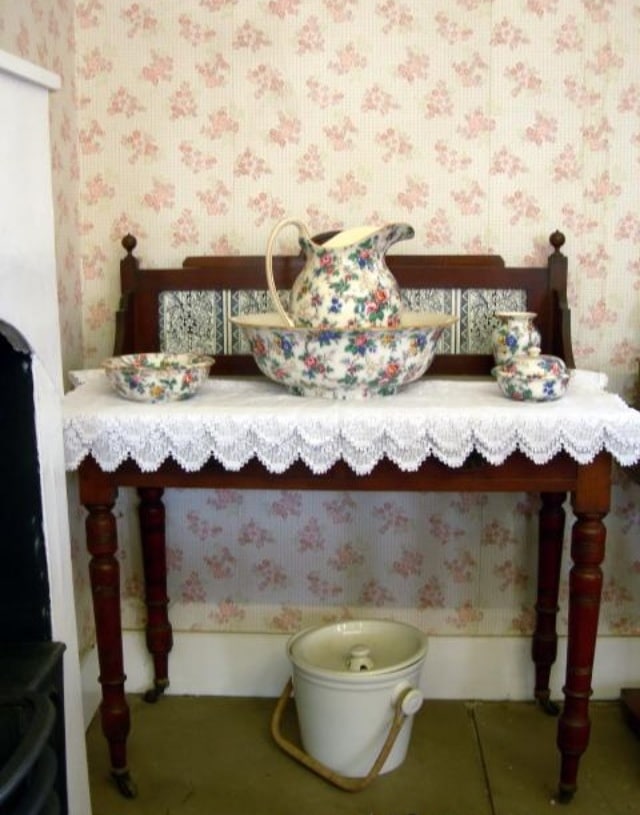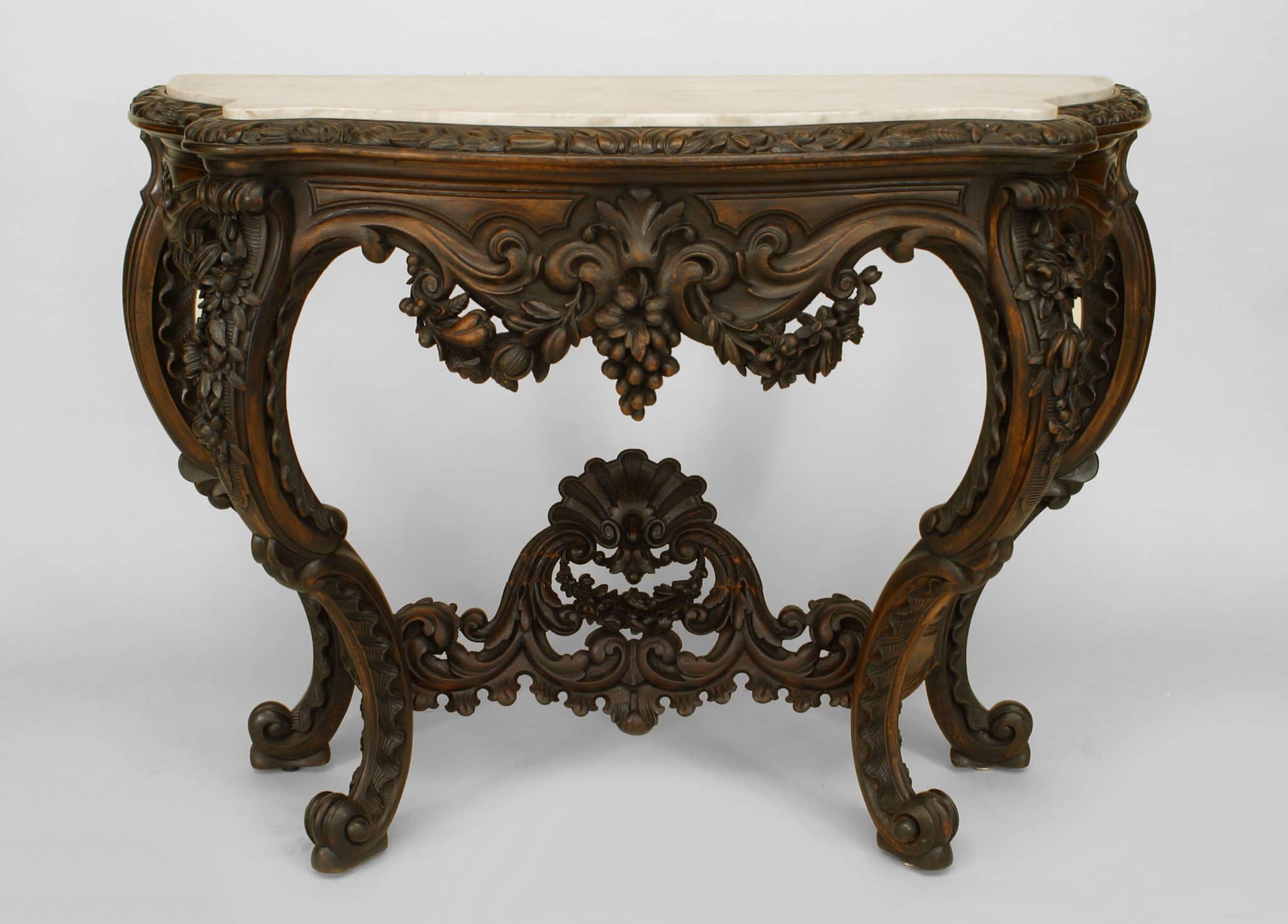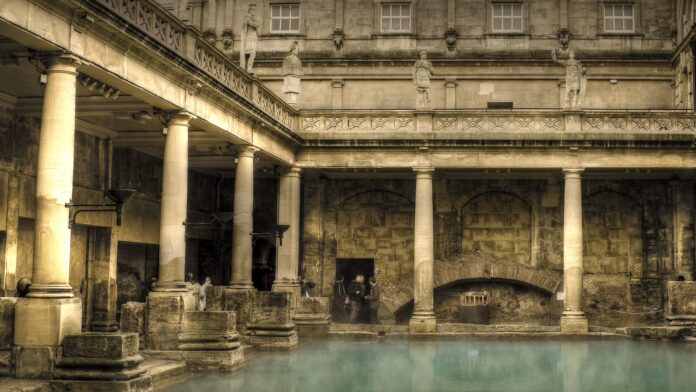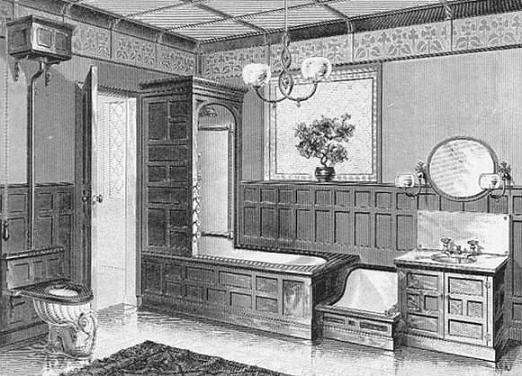Certain people tend to view the bathroom as purely functional. Of course, they’ve probably never remodeled one or owned a home. Otherwise, they would be aware of how much there is to appreciate design-wise—from the fixtures to the accessories, to the style of the tub, and, of course, the choice of vanity.
A Look at Bathroom Vanities
Vanities have been made in endless shapes and forms and have a history all their own. Let’s take a look at that evolution…
It’s hard to imagine bathroom vanities in the days before indoor plumbing. Of course, they 
No, most vanities were located in your bedroom.
They were better known then as washstands. They were essentially small wooden tables with porcelain countertops and a pitcher that held water to wash your face while you leaned over the matching bowl. This set-up was practical and universal.
The real origin of the bathroom as we know it, though, came about during the Victorian Era. The rooms were then dedicated to the activities we associated with them.
This introduction led to the concept of the modern bathroom taking root.
Advanced plumbing had been developed, and the bathroom vanities became wall-mounted sinks. They featured two faucets—you guessed it, one for hot and one for cold. Similar to the washstand, they were now equipped with hot water and a self-draining system, greatly increasing capability.
Beliefs about cleanliness consistently emerged from the Victorian era and into the Edwardian period. It was thought that one (especially women) should stay nude for as long as 
Designed around such beliefs, bathrooms were much less utilitarian, especially compared to those of today. Back then, they may have been filled with exotic wood, lush fabrics, and fancy furnishings.
The pomposity also affected the vanity, which became an elegant neoclassical pedestal sink with decorative legs that reflected the function, form, and look of the aristocratic dressing tables that were popular at the time.
It wasn’t long before bathroom vanities morphed into bathroom furnishings. However, rather than being recognized as a private space, bathrooms were still associated with the bedroom.
As indoor plumbing emerged successfully, console vanities became more functional, becoming what was essentially the bathroom vanity of today.
Their designs copied furniture found elsewhere in the home, and in attempts to find and establish identity, they were built into dressing tables, chests, and even cabinets.
A sink with running hot and cold water could even be built on top of an elaborate, hand-finished wooden bureau, complete with pull-out drawers. At this point, the real development of modern vanity began.
Over the past century, furniture-style vanities were slowly streamlined. Soon, gone were
Instead, simple lines replaced the former popular deco. While they could still retain hints of Victorian elegance, they were now more modern, casual, and ultimately more comfortable.
Today, vanities are available in nearly any style imaginable. Popularly, however, the designs have opted even more toward minimalism.
Although the more beautiful and detailed furniture-like vanities are still being manufactured, they offer and tend to be of novelty appeal. The straightforward, no-frills smoothness and basic structure are most preferred today.
Simply put, it is a product of modern design. In a bathroom setting, they are easier to clean. Their practicality makes them easier to work with, which is partly why they are widely appreciated.
It is a change widespread in the décor of modern homes, with formality being replaced by casual and comfortable. Indeed, this trend is reflected in the bathroom as well. Its art is in simplicity and utility, yet not at the cost of appearance.
If it’s not appealing to you, you may simply choose something more to your liking. That is the true result of this evolution: anyone may placate their ‘vanity’ by having the freedom to choose a style that best reflects their personality.










